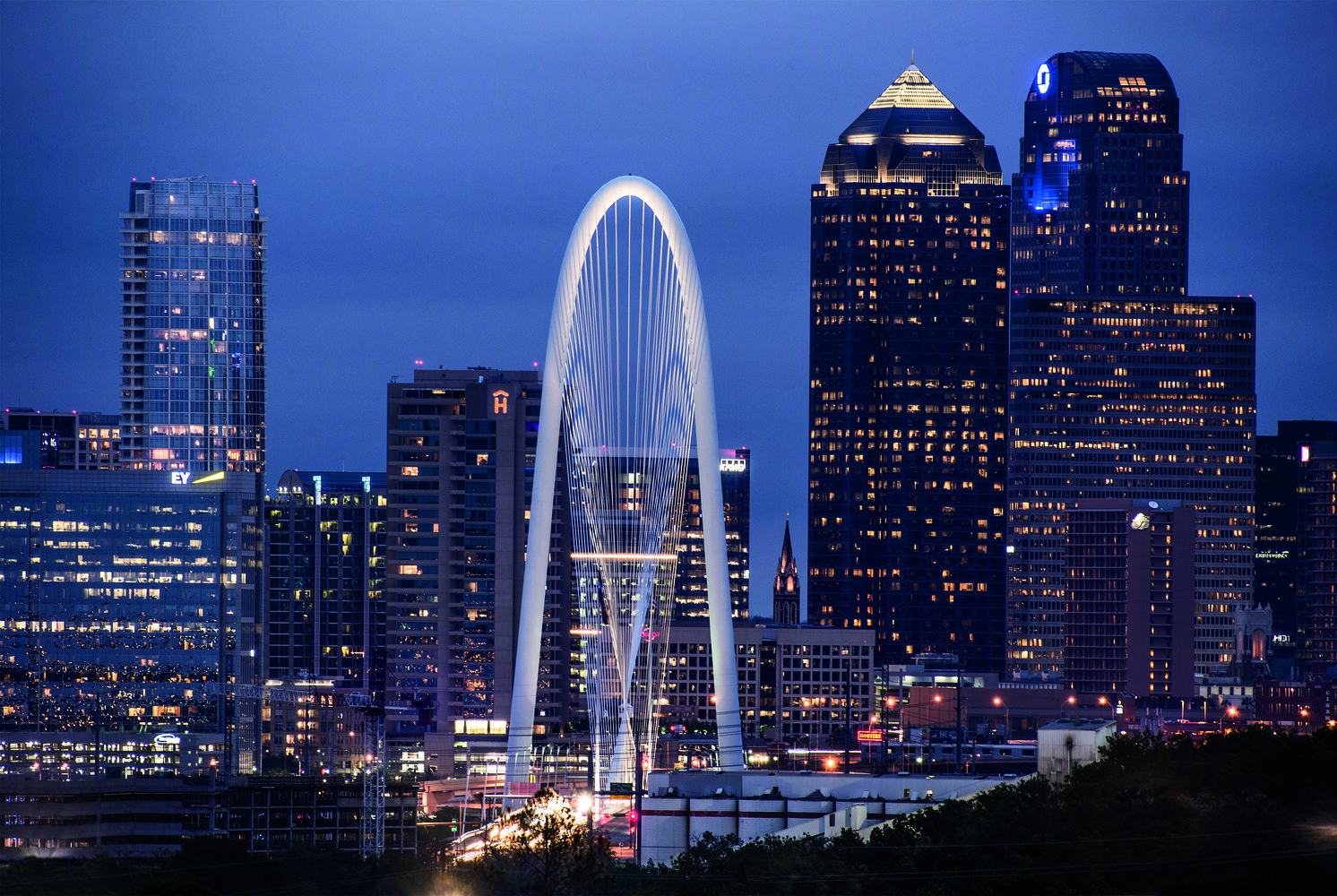Bridges have always been considered the most important decoration of every city. The process of their construction is often related to interesting historical facts or even legends. If not, the admiration is caused by a unique design, construction or some tiny things that seem insignificant at first glance. Read more on dallas-future.
The Margaret Hunt Hill Bridge was built in 2012 to connect the city center with its western part. Since then, every guest has admired its beauty and uniqueness. However, Dallas residents note certain problems caused by the construction of the bridge.
One of three ways to cross the Trinity River

West Dallas is separated from the main part of the city by the Trinity River. For some time, the townspeople were forced to look for ways to cross it and get to the other shore. In December 2005, the process of major construction began, which seemed to become a waterfront for the life of Dallas residents.
According to information provided by The Dallas Morning News, the total cost of the project was estimated at $182 million. Funds have been collected since 2004. Volunteers of the Trinity River Corridor Project successfully worked to attract as many entrepreneurs as possible to provide financial assistance. In addition to Margaret Hunt Hill, the project also included the Ronald Kirk and Margaret McDermott bridges.
The well-known Spanish architect and sculptor Santiago Calatrava was engaged in the construction. He also proposed to make Margaret Hunt Hill not an ordinary minimalist bridge but with an arch and white hinges.
Immediately after the completion of construction, Margaret Hunt Hill began to be called the Bridge to Nowhere. This was because the people of West Dallas were considered aloof. In addition, in contrast to the central part of the city, life was quite stable and uniform there. However, the narrative disappeared as soon as new skyscrapers, hotels, shopping and entertainment centers and other establishments began to be built in the West Dallas area.
The life of West Dallas residents after the bridge opening
Such a significant event as the appearance of a structure for unimpeded passage from one bank to the other could not leave the life of the townspeople the same. Most of the residents were happy. Due to the Margaret Hunt Hill Bridge, they felt the improvement of their standard of living. Thus, the streets of their neighborhoods have finally become cleaner, brighter and safer. As West Dallas began to be built up, the number of jobs increased significantly. Entrepreneurs who started their business from scratch in an almost new territory were ready to pay generously for the work.
Still, some changes were harmful. After the opening of the Margaret Hunt Hill Bridge, the standard of living in West Dallas has risen. It used to be a fairly poor neighborhood where you could rent a house for as little as $300. As construction expanded significantly, low-income families and their homes were displaced. Thousands of people were left without the possibility of finding a shelter with more or less comfortable conditions.
Another problem for the original residents of West Dallas after 2012 was strained relations with those who moved from the central part of the city. Cases of conflicts due to racial discrimination have increased. The area of West Dallas used to be predominantly black. After the opening of the bridge and the appearance of skyscrapers, many light-skinned Dallasites moved there. It turned out that the residents of the central part of the city and West Dallas live according to different traditions, customs, religions and moral principles. While Dallasites generally treat each other with respect and not everyone in West Dallas manages to do that.